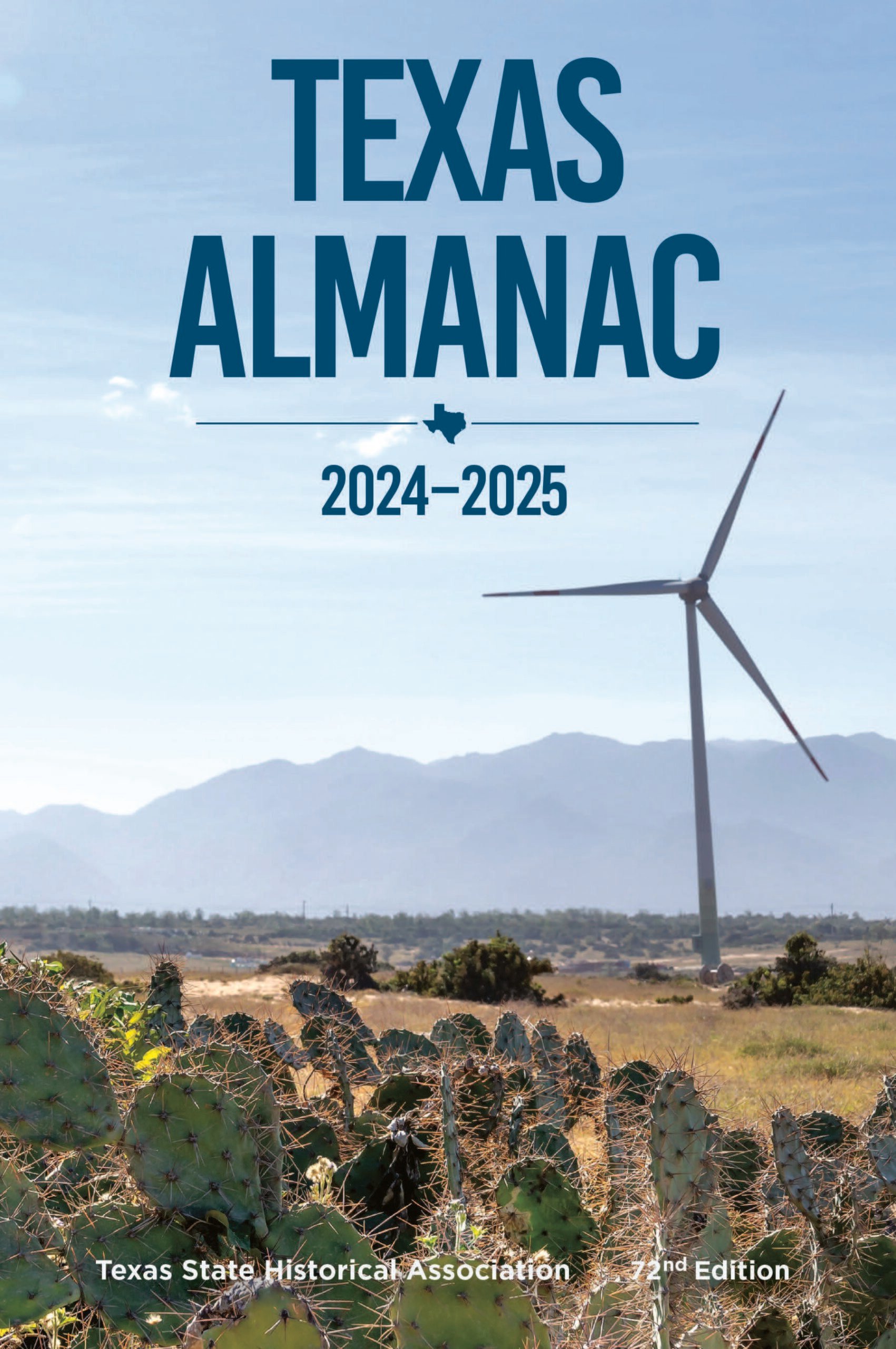Beeville
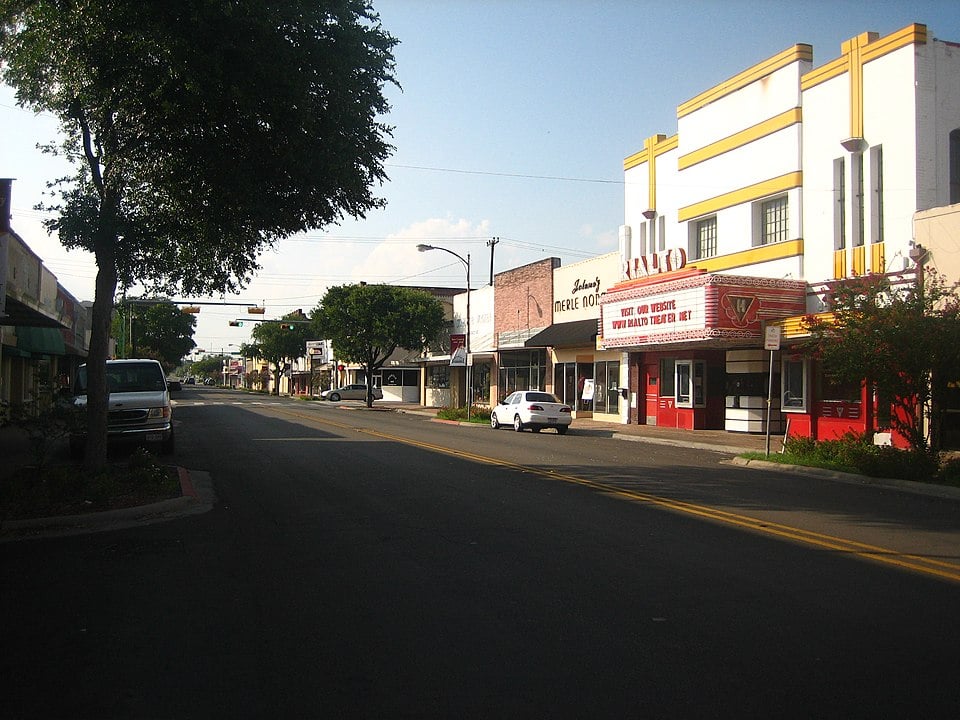
Beeville, Texas
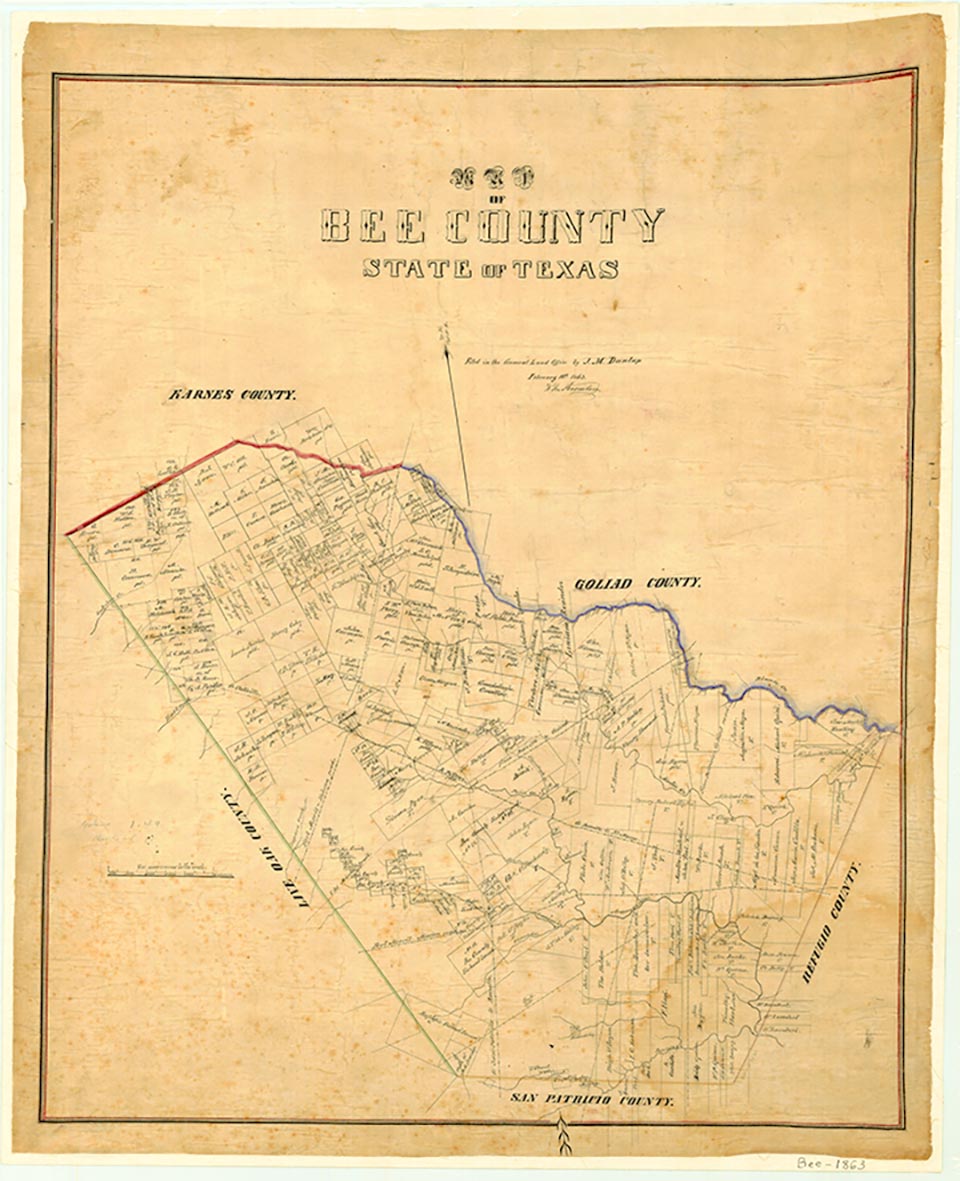
Beeville, the county seat of Bee County, is on Poesta Creek at the intersection of U.S. Highways 181 and 59 in central Bee County. The site of the community was settled by the Burke, Carroll, and Heffernan families in the 1830s. Several of the settlers were killed by Indians during the early years of the settlement. When Bee County was organized in 1858, the county seat was founded at a site on the east bank of Medio Creek seven miles east of the current site of the community. This first county seat was known as Beeville-on-the-Medio. This location proved inconvenient, and in 1859 Ann Burke Carroll, Patrick Carroll, and Patrick Burke donated land for a townsite at the current location of Beeville. The first name for the new community was Maryville, after a member of the Heffernan family who had survived the Indian massacre. Eight months later the county commissioners changed the name to Beeville, and for some time the court's minutes referred to Beeville-on-the-Medio and Beeville-on-the-Poesta. In 1857 G. B. McCollom operated an inn in the new community. George W. McClanahan opened the first store, and a post office was established in 1859. In 1860 the first courthouse was erected and the Beeville Masonic Lodge built a second story for its meetings. The community contributed a company of men to the Confederate Army during the Civil War. In 1878 a second courthouse was built, which burned down in 1911. A third, brick building was erected in 1912 and was subsequently remodeled in 1942 and 1948–50. The first jail was built in 1874; a second was built in 1893 and renovated in 1979. Beeville's growth was spurred by the arrival of two railroads in the 1880s. In 1880 the community was still small, with an estimated 300 inhabitants, two general stores, two hotels, a gin and gristmill, and a blacksmith shop. In 1886 the San Antonio and Aransas Pass Railway built through the community, connecting it with Corpus Christi and San Antonio, and in 1889 this railroad was joined by the Gulf, Western Texas and Pacific, building southwest from Victoria. These railways were later acquired by the Southern Pacific, which ceased local operations in the 1970s. By 1890 Beeville had an estimated 1,000 inhabitants. William O. McCurdy launched the first newspaper, the Beeville Bee, in 1886, and the Picayune joined it in 1890. The two papers were combined to form the Bee-Picayune in 1928.
Beeville incorporated for the first time in 1890, but the corporation was dissolved the following year. In 1900 the population had grown to 2,311. The town received electricity and municipal water in 1903 and sewerage in 1910. Beeville was incorporated for the second time in 1908, with a mayor-aldermanic government. Residents opted for a commission government in 1912, then changed to a council-manager government in 1951. The town continued to grow during the early decades of the twentieth century. In 1920 the population reached 3,062, and the following year the streets were paved. The discovery of oil and gas in the county in 1929 led to the building of several large office buildings in Beeville; the Union Producing Company had its district offices there from 1930 until the 1970s. Between 1920 and 1930 the population increased by more than 60 percent, reaching 4,806. In spite of the boost given the local economy by the oil industry, Beeville was hard hit by the Great Depression in the 1930s. A WPA office was opened in the community, and government-funded projects improved city streets. The population grew to 6,789 in 1940, the year the Beeville Chamber of Commerce was chartered. During World War II Beeville benefited from the construction of the Naval Auxiliary Air Station at Chase Field, which eventually became the Naval Air Station, Beeville. The base trained naval aviators from 1943 through 1946, then was temporarily deactivated. In response to the demands of the Korean War the field was reopened in 1952 and continued to train pilots until its closing in 1992. The site was subsequently redeveloped into the Chase Field Industrial Complex, which in 2016 was home to regional administrative offices for the Texas Department of Criminal Justice and two prison transfer facilities. Another state prison unit was located just beyond the city limits. Beeville continued to grow, reaching 9,348 inhabitants in 1950 and 13,811 in 1960. Thereafter, the population remained relatively constant—13,506 in 1970, 14,574 in 1980, 13,547 in 1990, 13,129 in 2000, and 12,863 in 2010.
Grace Bauer | © TSHA

Adapted from the official Handbook of Texas, a state encyclopedia developed by Texas State Historical Association (TSHA). It is an authoritative source of trusted historical records.
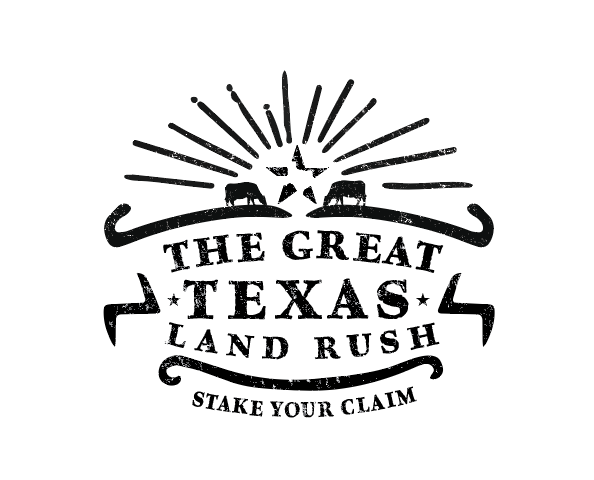
- ✅ Adoption Status:
Belongs to
Beeville is part of or belongs to the following places:
Currently Exists
Yes
Place type
Beeville is classified as a Town
Associated Names
- [-on-the-Poesta]
- (Maryville)
Location
Latitude: 28.40578170Longitude: -97.74946400
Has Post Office
Yes
Is Incorporated
Yes
Population Count, 2021 View more »
13,641
Places of Beeville
| Place | Type | Population (Year/Source) | Currently Exists |
|---|---|---|---|
| College or University | – | Yes |
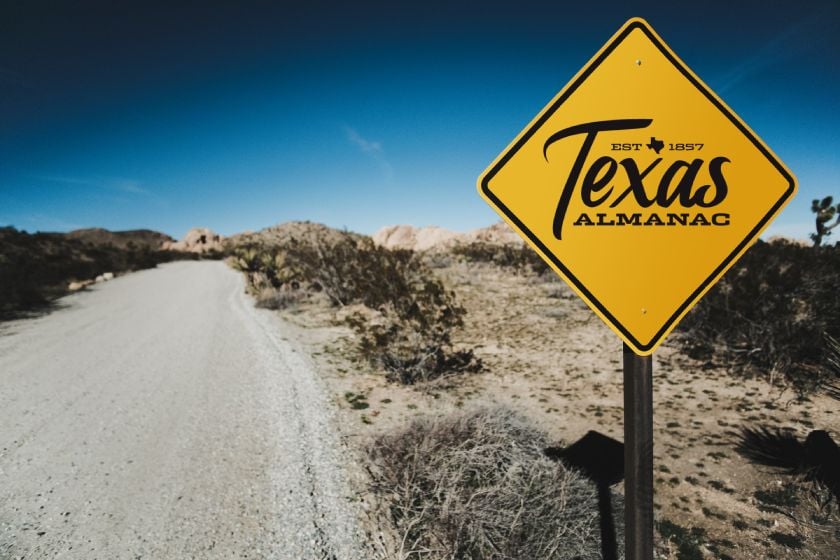
Proud to call Texas home?
Put your name on the town, county, or lake of your choice.
Search Places »

